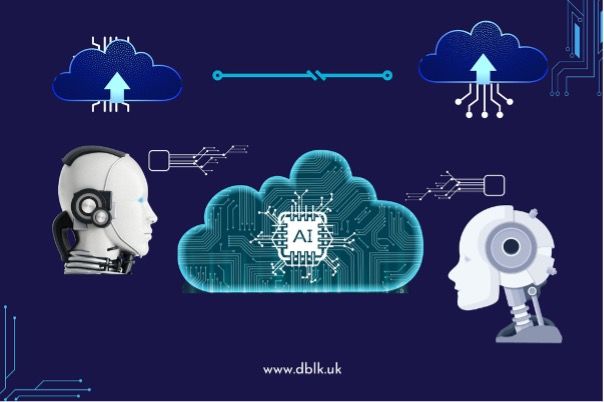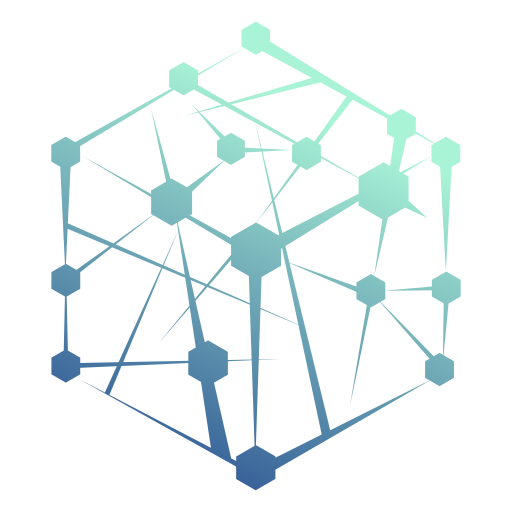Harnessing Edge AI for Enhanced Cloud Computing - A Deep Dive into the Future of Artificial Intelligence

Introduction to Edge AI and Cloud Computing
Edge AI is an emerging technology that combines Artificial Intelligence (AI) and Edge Computing to process data at the source rather than relying on cloud-based solutions. This approach has numerous benefits, including reduced latency, increased security, and a more efficient use of resources. Cloud computing, on the other hand, refers to the on-demand delivery of computing resources over the internet, enabling users and businesses to access and manage applications and data remotely. Cloud computing has revolutionized the way we store and process data, making it easier for companies to scale their operations and improve overall efficiency.
In this article, we will explore the relationship between AI and cloud computing, the role of big data in AI-driven cloud computing, and how Edge AI can enhance cloud computing capabilities.
The Relationship between Artificial Intelligence and Cloud Computing
AI and cloud computing are two powerful technologies that have been growing in tandem, each benefiting from the rapid advancements made in the other. AI algorithms require vast amounts of data and computational power to function effectively, and cloud computing provides an ideal environment for these resource-intensive applications. Cloud computing and AI also share a common goal of making technology more accessible and user-friendly, enabling businesses and individuals to harness the power of these advanced tools without the need for specialized expertise or equipment.
Key Concepts: Machine Learning, Deep Learning, and Neural Networks
Machine Learning (ML) is a subset of AI that focuses on creating algorithms capable of learning from and making predictions based on data. ML has become an essential component of modern AI solutions, with applications ranging from image recognition to natural language processing. Deep Learning, a more advanced form of ML, uses artificial neural networks to model complex patterns in data, enabling algorithms to make more accurate predictions.
The foundation of deep learning is neural networks, which take their cues from the structure and operation of the human brain. They consist of interconnected layers of nodes, with each node processing and transmitting data to the next layer. The strength of these connections can be adjusted, allowing the neural network to learn and adapt to new information. This enables deep learning algorithms to excel at tasks such as image recognition, natural language processing, and even the creation of original content.
The Role of Big Data in AI-Driven Cloud Computing
Big Data refers to the massive volumes of structured and unstructured data generated by businesses, governments, and individuals on a daily basis. This data can be harnessed to provide valuable insights and drive decision-making, but processing and analyzing such vast quantities of information require powerful computing solutions. This is where AI-driven cloud computing comes in, allowing organizations to leverage the full potential of their data without the need for expensive on-site hardware or specialized expertise.
AI algorithms, particularly those using machine learning and deep learning techniques, rely on large datasets to learn and improve their performance. By integrating AI and cloud computing, organizations can access the necessary computing resources on demand, enabling them to scale their AI solutions as needed. Furthermore, cloud-based AI services can help businesses derive actionable insights from their data more quickly and effectively, driving innovation and improving overall efficiency.
Natural Language Processing and its Applications in Cloud Computing
Natural Language Processing (NLP) is a branch of AI that deals with the interaction between computers and human languages. NLP enables computers to understand, interpret, and generate human language, making it possible for AI systems to communicate with users in a more natural and intuitive manner. This has numerous applications in cloud computing, from enhancing customer support chatbots to enabling voice-activated virtual assistants.
Edge AI: Enhancing Cloud Computing Capabilities
Edge AI takes the concept of AI-driven cloud computing one step further by processing data at the edge of the network, closer to the source of data generation. This approach has several advantages, including reduced latency, increased security, and a more efficient use of resources. By harnessing Edge AI, organizations can make better use of their data and improve the performance of their AI solutions, all while reducing the strain on their cloud-based infrastructure.
Advantages of Combining Edge AI with Cloud Computing
There are several benefits to combining Edge AI with cloud computing, including:
Reduced Latency: By processing data at the edge, Edge AI can provide real-time insights and enable faster decision-making. This is particularly important for applications that require low latency, such as autonomous vehicles and real-time analytics.
Increased Security: Processing data at the edge can help improve data security, as sensitive information does not need to be transmitted to a centralized cloud server. This can help organizations comply with data privacy regulations and protect their valuable assets.
Resource Efficiency: Edge AI can help organizations make better use of their cloud computing resources by offloading some of the processing to edge devices. This can result in cost savings and reduced strain on cloud infrastructure.
Use Cases: Health Care, Customer Service, and Data Management
Edge AI and cloud computing have numerous applications across various industries, including health care, customer service, and data management. In health care, Edge AI can be used to process patient data in real-time, enabling faster diagnoses and more personalized treatments. In customer service, AI-driven chatbots and virtual assistants can provide instant support and help resolve issues more efficiently, improving customer satisfaction and reducing strain on human support staff. In data management, AI-powered cloud computing solutions can help organizations analyze and process large volumes of data, providing valuable insights and driving better decision-making.
Future Trends and Developments in AI-Powered Cloud Computing
As AI and cloud computing technologies continue to advance, we can expect to see even more innovative solutions and applications in the future. Some potential trends and developments include:
Increased Adoption of Edge AI: As businesses recognize the benefits of Edge AI, we can expect to see increased adoption across various industries. This will likely drive further advancements in Edge AI technologies and encourage the development of new use cases.
Improved AI Algorithms: As researchers continue to develop more advanced AI algorithms, we can expect to see even more powerful AI-driven cloud computing solutions. This could lead to improvements in areas such as natural language processing, image recognition, and predictive analytics.
Greater Integration of AI and IoT: The Internet of Things (IoT) is another rapidly growing technology that has significant potential for integration with AI and cloud computing. By combining AI, IoT, and cloud computing, businesses can create more intelligent and connected systems, enabling new levels of automation and efficiency.
Conclusion: The Potential of Edge AI and Cloud Computing in Transforming Industries
The combination of Edge AI and cloud computing has the potential to revolutionize industries by providing more efficient, secure, and intelligent computing solutions. As these technologies continue to advance, we can expect to see even more innovative applications and use cases, driving the future of AI-powered cloud computing. By harnessing the power of Edge AI and cloud computing, businesses can unlock the full potential of their data and improve overall efficiency, setting the stage for a new era of innovation and growth.
